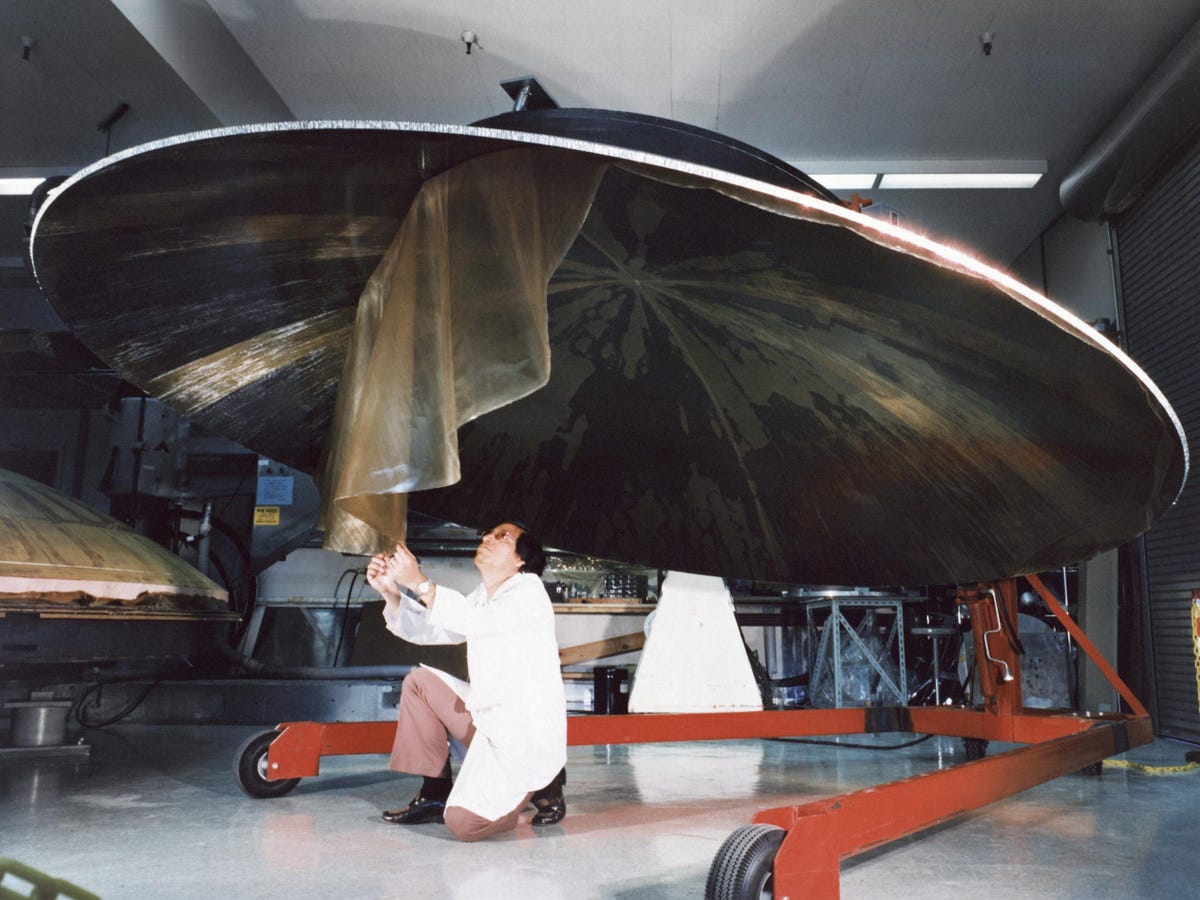NASA's Voyager 1 is continuing its journey beyond our Solar System, 45 years after it was launched. But now the veteran spacecraft is sending back strange data, puzzling its engineers.
NASA said on Wednesday that while the probe is still operating properly, readouts from its attitude articulation and control system – AACS for short – don't seem to match the spacecraft's movements and orientation, suggesting the craft is confused about its location in space.
The AACS is essential for Voyager to send NASA data about its surrounding interstellar environment as it keeps the craft's antenna pointing right at our planet.
"A mystery like this is sort of par for the course at this stage of the Voyager mission," Suzanne Dodd, a project manager for Voyager 1 and 2 at NASA's Jet Propulsion Laboratory, said in a statement.
"The spacecraft are both almost 45 years old, which is far beyond what the mission planners anticipated."

NASA said Voyager 1's twin, the Voyager 2 probe, is behaving normally.
Launched in 1977 to explore the outer planets in our solar system, Voyager 1 has remained operational long past expectations and continues to send information about its journeys back to Earth. The trailblazing craft left our Solar System and entered interstellar space in 2012. It is now 14.5 billion miles away from Earth, making it the most distant human-made object.
NASA said that from what its engineers can tell, Voyager 1's AACS is sending randomly generated data that do not "reflect what's actually happening onboard."
But even if system data suggests otherwise, the spacecraft's antenna seems to be properly aligned – it is receiving and executing commands from NASA and sending data back to Earth. It said that so far the system issue hasn't triggered the aging spacecraft to go into "safe mode," during which it carries out only essential operations.
"Until the nature of the issue is better understood, the team cannot anticipate whether this might affect how long the spacecraft can collect and transmit science data," NASA said.
Dodd and her team hope to figure out what's prompting the robot emissary from Earth to send junky data.
"There are some big challenges for the engineering team," Dodd said.
A major one: It takes light 20 hours and 33 minutes to get to Voyager's current interstellar location, so a round-trip message between the space agency and Voyager takes two days.
"But I think if there's a way to solve this issue with the AACS, our team will find it," Dodd added.



No comments:
Post a Comment